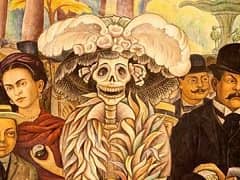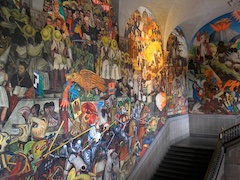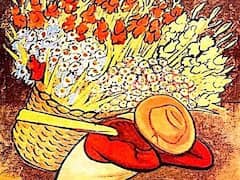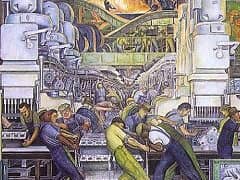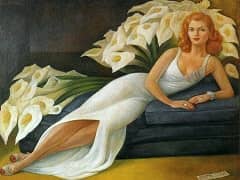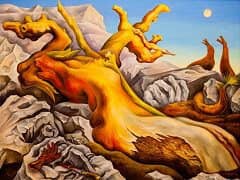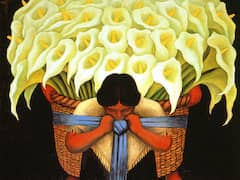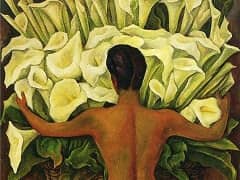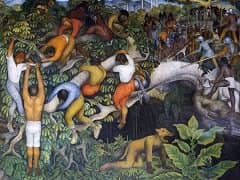Adolfo Best Maugard, 1913 by Diego Rivera
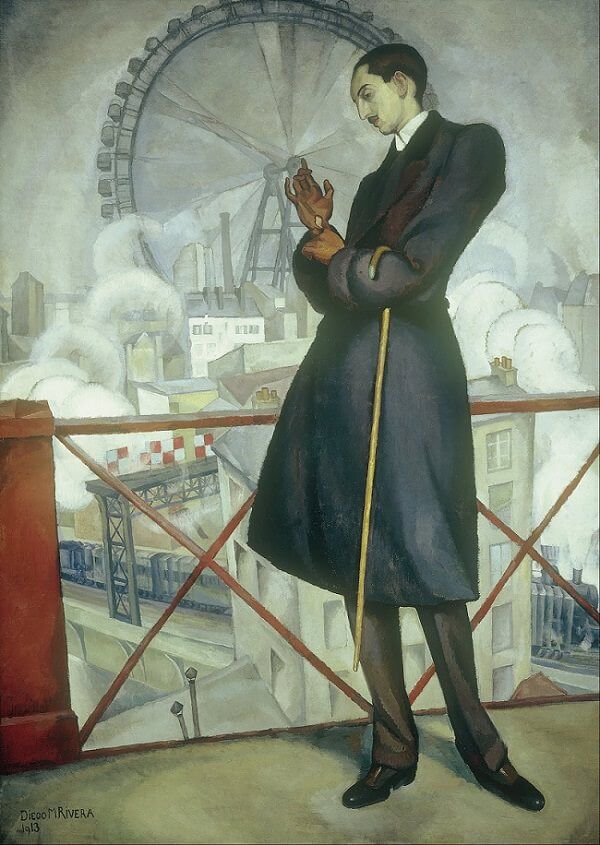
In fall of 1912 Rivera and Beloff established themselves in a studio in Montparnasse, at the heart of bohemian Paris. This left-bank district was rapidly becoming the axis of a cultural vanguard from around the world. There, as the poet Guillaume Apollinaire declared, you could "now find the real artists." Indeed, Picasso took a Montparnasse studio in October 1912, and Rivera's neighbors at 26, rue du Départ included the Dutch modernist Piet Mondrian. The avant-garde debates that fueled cubism proliferated in the cafes that Rivera began to frequent. There he made acquaintances including French artists Robert Delaunay and Fernand Léger, Italian Amedeo Modigliani, Japanese painter Tsuguharu Foujita, Polish painter Leopold Gottlieb, Lithuanian painter Chaim Soutine, and the Russian Marc Chagall. Rivera's exposure to what Marcel Duchamp termed "the first really international colony of artists" soon began to inform his work, with Montparnasse--particularly his own studio there - as a prominent new motif.
The commanding fall 1913 painting of fellow Mexican artist Adolfo Best Maugard with a view of the Gare Montparnasse from Rivera's studio can be considered as much an homage to his new home as a portrait of his friend. Maugard is pictured as a strikingly elegant figure, shown gesturing to the Great Ferris Wheel, which was built in 1900 for the Paris World's Fair. The wheel seems to rotate around Maugard's gloved hand; below the sweep of his coat follows the movement of a train rendered in a series of static planes. In situating his friend as integrally related to and yet distanced from these emblems of Paris, Rivera offers a meditation on their common identity as expatriates - at once part of and removed from the place in which they live. The expression of geographical displacement and multiple allegiances would be enduring themes in Rivera's work of the period.

